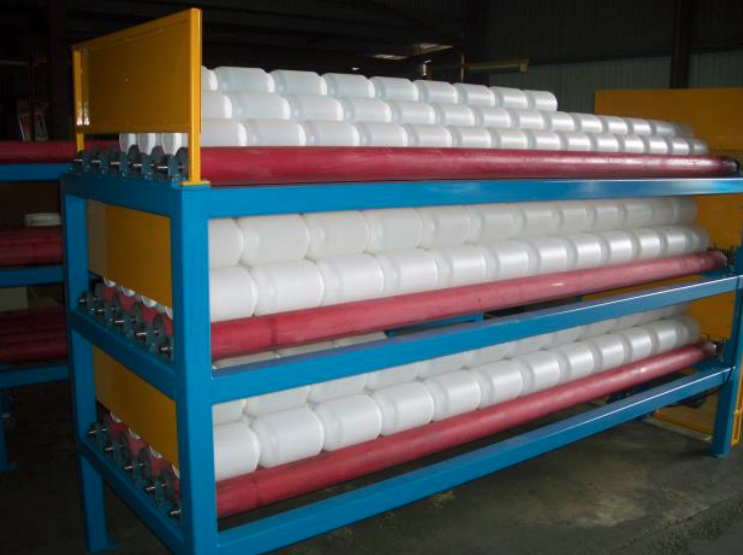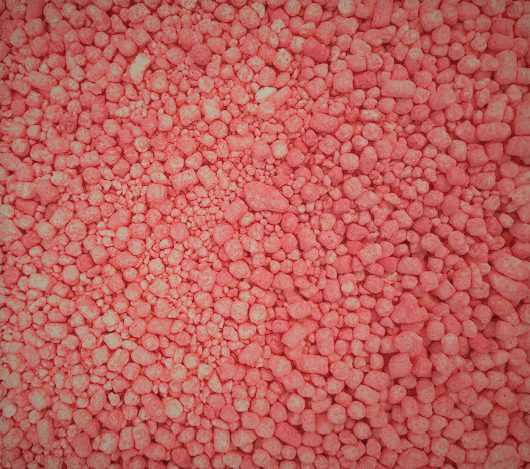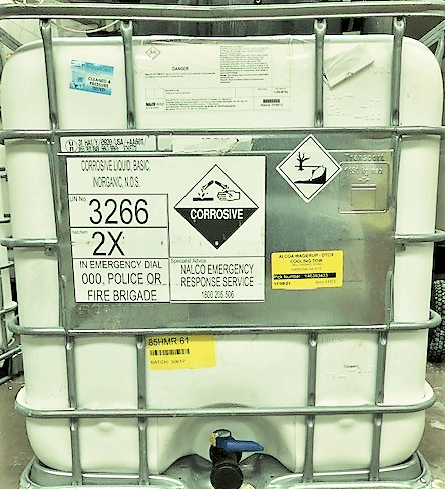
Key Information
- Consists of 15 x 3 meter long rollers in three layers of 5
- Rollers are Linatex coated
- Each roller driven by a long life O-ring sealed chain
- Has a capacity of around 250 x 4.5 litre jars (air freight version capacity is slightly less)
- Machine can also accommodate 2 litre as well as 1 litre jars
- Power requirements for standard equipment are 415VAC, 50hz, three phase at 1.5KW (other power supplies may be accommodated)
3 Tier Bottle Roll Machine
MPC has also produced two versions of a three tier bottle roll machine. One version was constructed to be flat packed for shipment by air.
The machines consisted of 15 x 3m long rollers in three layers of 5. The rollers were Linatex coated and each roller was driven by a long life O-ring sealed chain.
The machine has a capacity of around 250 x 4.5L jars. The air freight version capacity is slightly less.
The machine can also accommodate 2L as well as 1L jars.
Power requirements for the standard equipment are 415VAC, 50Hz, three phase at 1.5KW. Other power supplies may be accommodated.
Recommended in conjunction with this product
Assay Tabs
AssayPowder is a specially formulated powdered form of AssayTab for laboratory use with bottle rolls and tumblers. This product eliminates the need for double handling reagents since measured amounts can be added directly to the bottle or jar. Technicians can easily tailor their additions to meet test work requirements.
LeachWELL 60X
LeachWELL 60X is a reagent grade catalyst formulated for fast cyanide leach gold assaying. When used with 5% cyanide the dissolution rate of gold, copper and silver is increased more than sixty fold. The leach rate for gold under appropriate conditions for example, is approximately 1 micron per minute!
DTOX
DTOX is a waste water treatment product that precipitates heavy metal ions and neutralises cyanide. DTOX reacts quickly with free and complex cyanides. The end products are ultimately released to the environment as carbonates and ammonia (beneficial to flora). Test work has shown that the reaction is rapid and much safer than hypochlorite.




